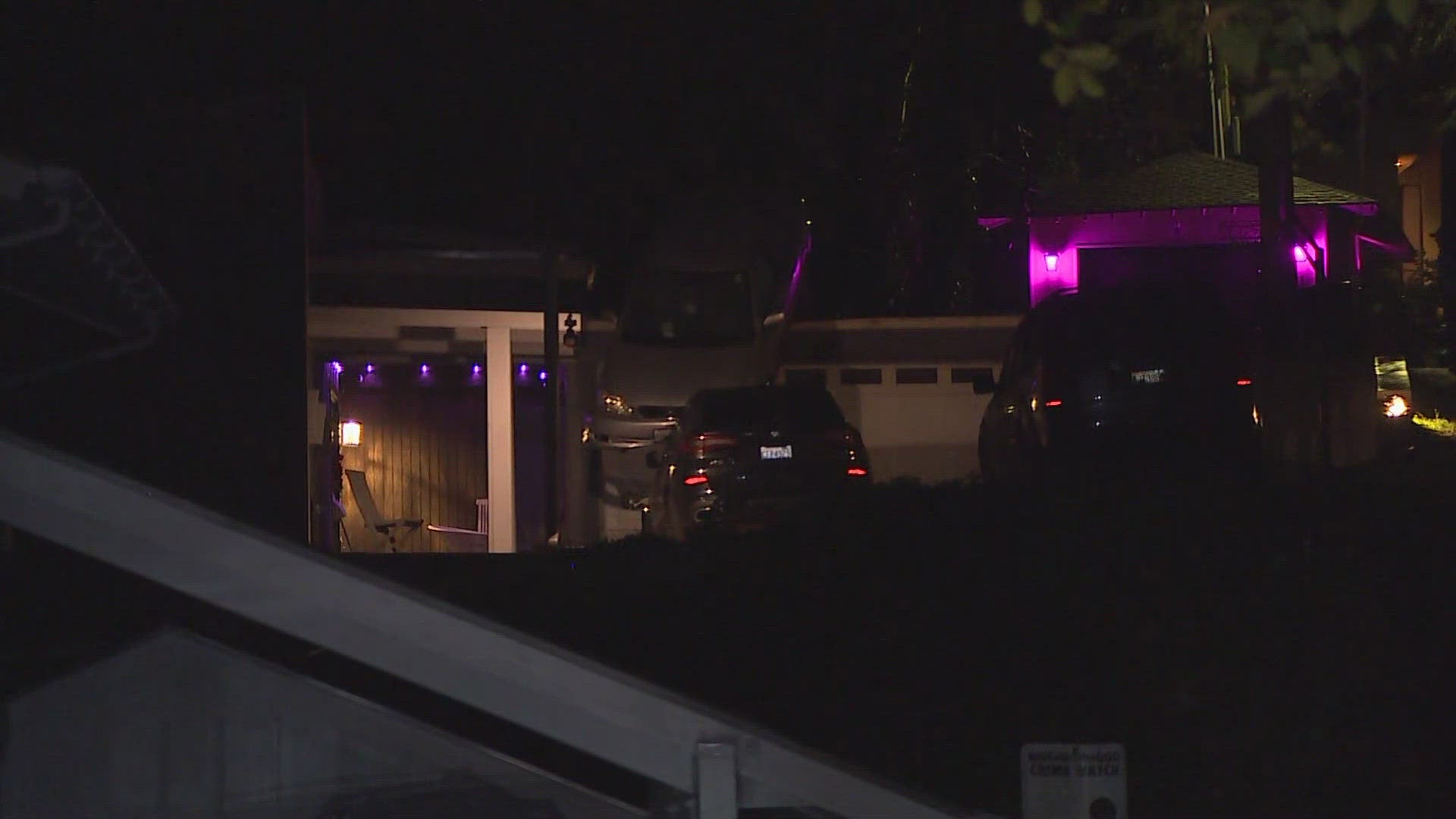WASHINGTON — Editor's note: The above video is from a September 2018 story on Hanford's legal battles.
Workers at the Hanford Nuclear Reservation have removed the last of the highly radioactive sludge stored in underwater containers near The Columbia River.
That news was released by Energy Secretary Rick Perry on Wednesday to the Tri-City Herald.
Perry says the project came in ahead of schedule and under budget after 10 years of work. Perry says those aren't words usually associated with nuclear waste cleanup.
Perry plans to visit Hanford Oct. 1 for a ceremony marking the milestone.
He says completion of the project shows Northwest residents they can trust the Energy Department to perform critical work on time.
Hanford was established by the Manhattan Project in World War II to make plutonium, a key ingredient in the atomic bomb dropped on Nagasaki, Japan. The site, near Richland, Washington, went on to produce most of the plutonium for the nation's nuclear arsenal.
As a result, the site also contains the nation's largest collection of nuclear waste. The most dangerous is stored in 177 aging underground tanks, some of which have leaked.
Hanford tanks hold 60 percent of the nation's most dangerous radioactive waste left over from nuclear weapons production.
Cleanup efforts at Hanford have been underway since the late 1980s and cost more than $2 billion a year.
"I hope we are going to cleanup that part of the world and get it back to as pristine a condition as we can," Perry said.
The work at Hanford is expected to continue for more than half a century, including treating the waste stored in the underground tanks.
The radioactive sludge still needs to be treated for disposal, with no date yet set for that work.
The sludge is now stored in below-ground cells at T Plant in central Hanford. The cells were built to provide shielding from radiation at the plant, the nation's longest operating nuclear facility. It was originally used to remove plutonium from irradiated fuel.
The sludge is highly radioactive because it contains particles of deteriorated irradiated fuel that was not processed at the end of the Cold War to remove plutonium.
Instead, the fuel was stored in water-filled cooling basins about 400 yards from the Columbia River.
Hanford contractor CH2M Hill Plateau Remediation Co., owned by Jacobs Engineering, spent a decade on the sludge transfer project, most of that making extensive preparations.
Batches of sludge were pumped from the underwater containers into new 10-foot-tall containers staged on flat-bed trucks backed into the annex.



